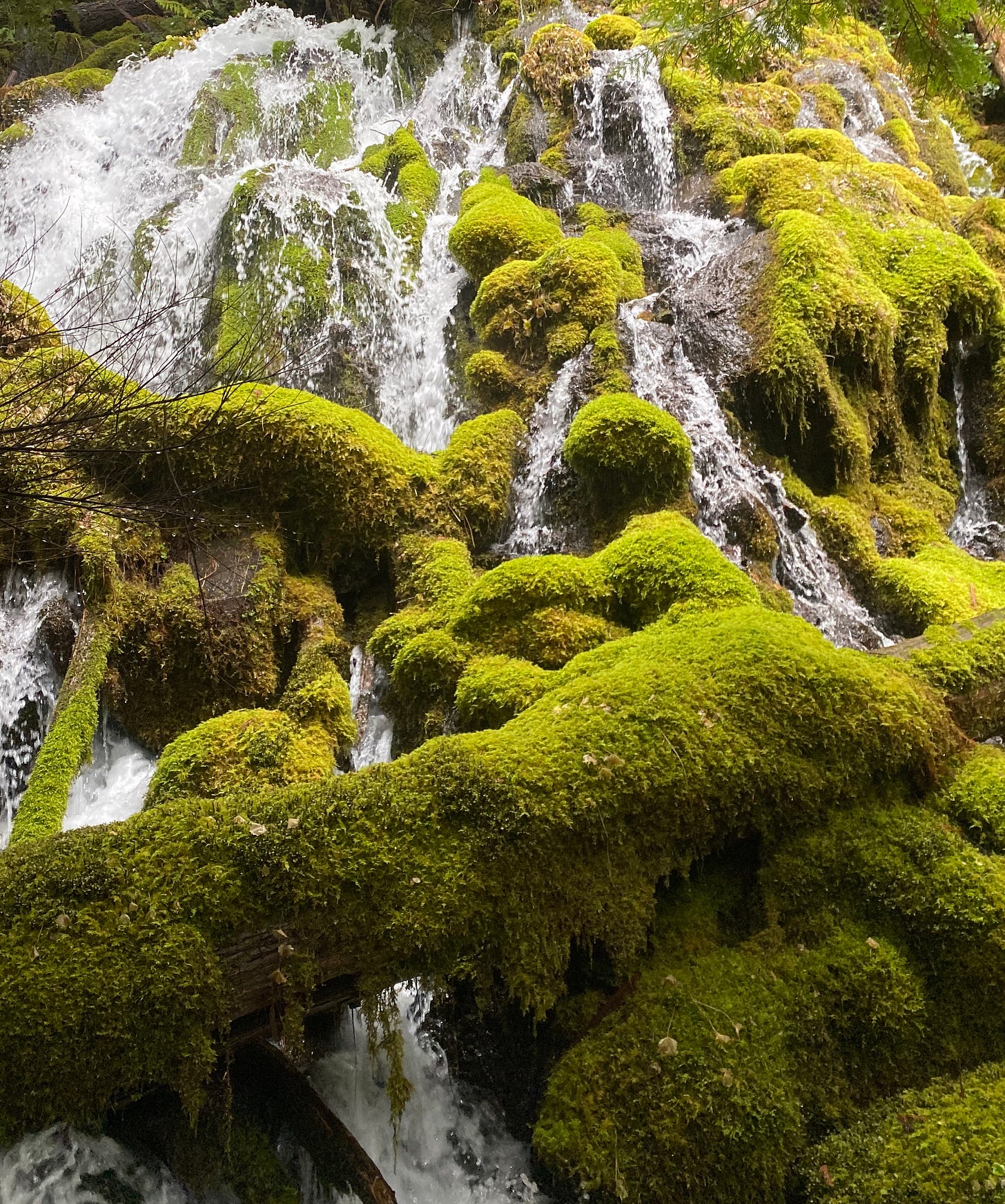Overview:
Dr. Gerald H. Pollack of the University of Washington, Bioengineering Department published a really interesting theory and book on the Fourth Phase of Water.
Dr. Pollack proposes that water has a fourth phase, distinct from the conventional three. This “structured water” forms at interfaces — especially next to hydrophilic surfaces — and plays a crucial, underappreciated role in biological and physical processes.
He calls this Exclusion Zone (EZ) Water because it pushes out particles, solutes, and other materials — forming a clear, structured layer that behaves differently from regular liquid water.
In this and related posts we will discuss this further and in particular how this could relate to seeds, spores and plants. Before this, we will explore another more recent findings which could be related.
Submerged Rivers (Which Should Be Frozen?)
"Rivers like the Yukon continue to flow beneath thick layers of ice, even during brutal Alaskan winters." How can this happen, we might ask?
I/ Water Is Densest at 4°C (39°F)
This is perhaps the most important property here:
As water cools down, it becomes denser — but only until it reaches 4°C.
Below 4°C, water actually becomes less dense again.
So when surface water cools in winter, it sinks — but only until it hits 4°C.
Colder water (near 0°C) stays on top, and eventually freezes into ice.
Result?
A layer of ice forms on the surface — but beneath that, the water remains liquid, slightly warmer (around 4°C), and continues to flow.
II/ Ice Floats — And Insulates
Ice is less dense than water, so it floats. Once a layer of ice forms:
It acts as an insulating blanket, reducing heat loss from the water below.
This insulation prevents the entire river from freezing solid, especially if the water is moving.
So even when air temperatures drop to −30°C or colder, the river keeps flowing under that icy lid.
III/ Rivers Are Moving Systems
Unlike lakes or ponds, rivers:
Have constant movement, driven by gravity.
Are often fed by underground springs, which maintain a relatively steady temperature year-round.
The motion itself prevents ice crystals from bonding and spreading downward, which would be required to freeze the whole body of water solid.
IV/ The Main Sources Of Water
We have often postulated that creeks, streams, rivers etc are actually stores of water, moving stores of water. The springs, that often feed into creeks, streams, rivers are actually issuing from aquifers which definitely feature as stores of water. Here is a recent quantified aquifer in Oregon, USA. “Researchers say they set out to gain a better understanding of a volcanic transition zone where two parts of Cascade Range come together near the Santiam Pass. What they found was an enormous aquifer beneath the central Oregon Cascades — containing more than 80 cubic kilometers of water, a volume three times the capacity of Lake Mead in Nevada.”
We definitely agree with Brad Lancaster that precipitation is the main source of water supplies we depend on. From precipitation comes all else and of course this very much involves evapotranspiration as a key part in all this.
V/ Walter Jehne’s Work On Water
Core Insight: Water’s flow in soil is not just physical — it's biologically governed.
Walter Jehne emphasizes that the way water enters, moves through, and exits soil depends more on biology than mechanics. That is, the structure and function of soil — and its ability to absorb and retain water — are shaped by life: microbes, fungi, roots, and carbon.
Now we can pair this with Pollack’s Fourth Phase of Water and something powerful emerges…
VI/ The Soil Sponge as a Factory for Structured Water
Jehne teaches that healthy soil acts like a sponge:
Full of micro-channels, root pores, fungal highways
Rich in organic matter that’s hydrophilic
Capable of holding rainwater instead of shedding it
This microstructure, when alive and biologically vibrant, creates perfect conditions for EZ water to form:
The humic surfaces and root exudates attract water molecules
Structured water layers form along pore walls
These layers help stabilize moisture and buffer temperature and drought stress
In other words:
Healthy soil isn’t just full of water — it’s full of organized, energized water.
Thanks as always for reading this, our next major article will be how this all relates to our crucial World of #seeds and #spores over on our Secret Life Of Seeds Substack.





